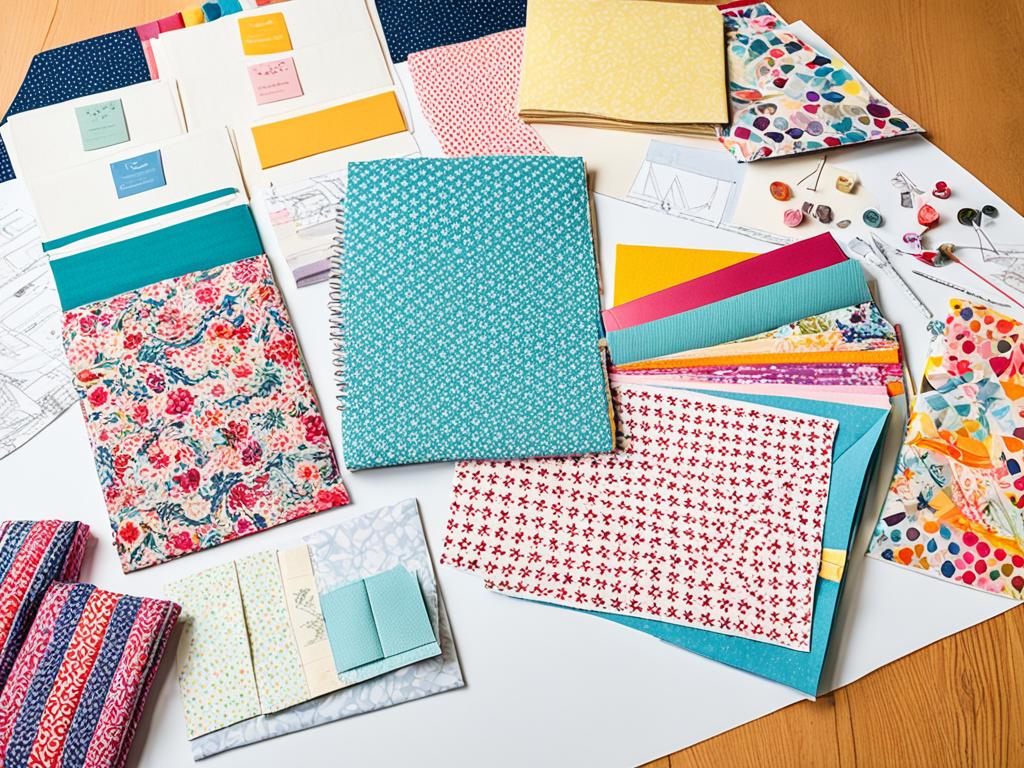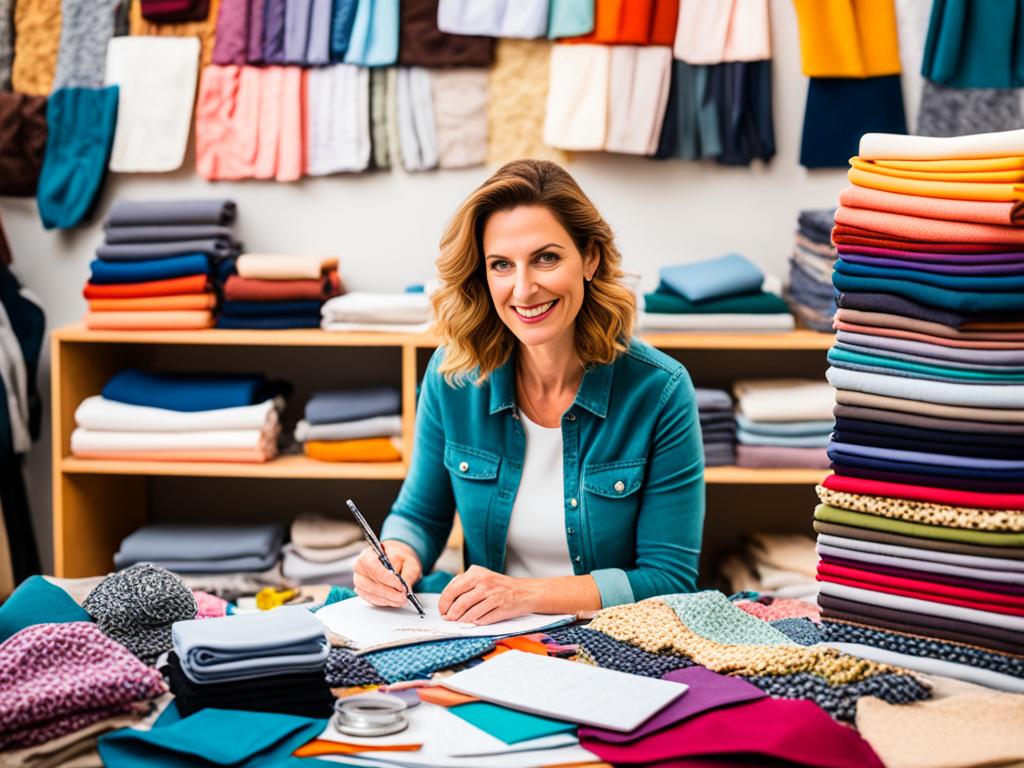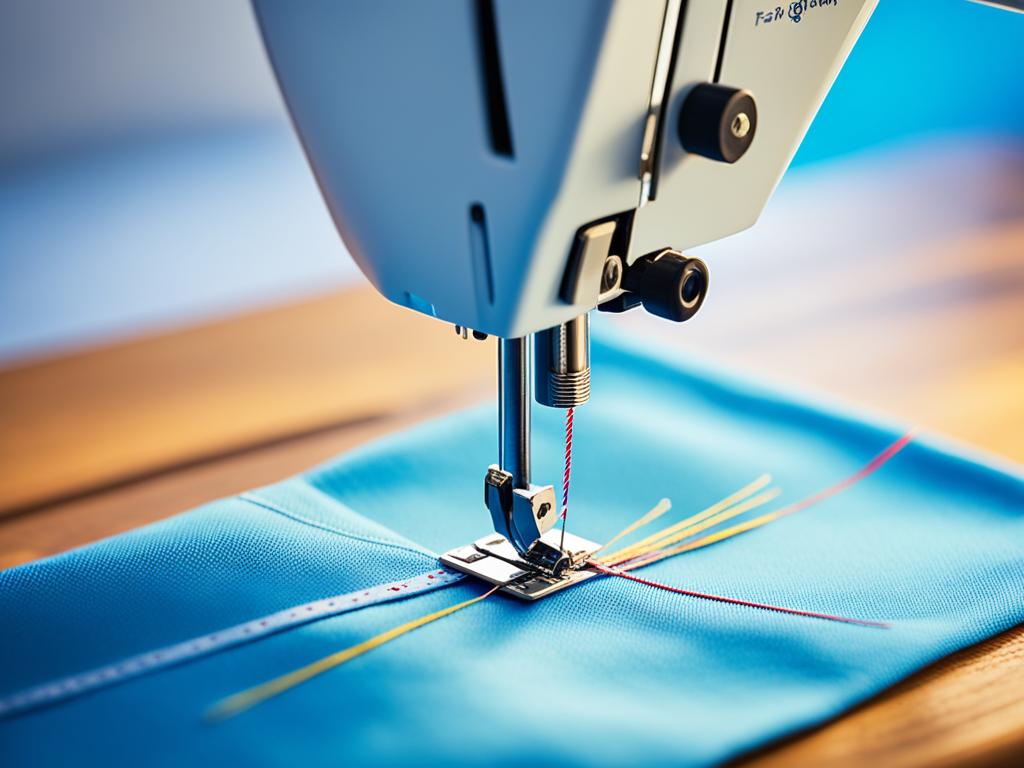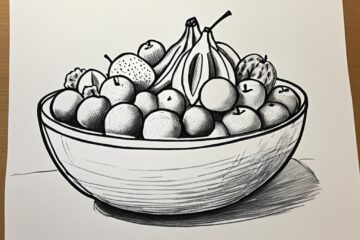Welcome to the world of sewing! Here, you’ll turn simple fabric into beautiful clothing. Ever thought about making your own clothes? Designing something that shows off your style and uniqueness? Then, you’re in the right place. This guide is a starting point for creating your own fashion. It will teach you what you need to know to begin this exciting journey.
Maybe you’re starting from scratch or have some sewing experience. This guide is for you. It will walk you through bringing your fashion dreams to life. Are you eager to let out your inner designer? To begin creating your own clothes? Let’s get started, and enjoy the wonderful world of sewing!
Getting Started with Sewing
Starting to sew your own clothes is exciting! But first, it’s key to know the sewing basics. This guide is for everyone, whether you’re just starting or have sewed before. It will show you the essential tools and techniques for making clothes.
First, gather these key items:
1. Sewing Machine: Every serious sewer needs a good sewing machine. Look for one that fits your style and budget. It should sew different stitches for various projects.
2. Scissors: Get fabric scissors that are sharp and easy to work with. They’ll give you clean cuts on your fabric.
3. Needles and Pins: Have a selection of sewing needles for different fabrics. Also, keep pins handy to secure fabric while you sew.
4. Thread: Pick high-quality thread in colors that go well with your fabric. It should work for both hand and machine sewing.
5. Measuring Tools: Accurate measurements are a must for perfect fits. Buy a measuring tape, ruler, and chalk or washable markers for your fabric.
With the tools ready, let’s learn some basic sewing. These skills will help you in many sewing projects. Here’s what to learn first:
1. Straight Stitch: Start with the basic straight stitch. It’s just sewing in a straight line. Practice on scrap fabric to get the hang of it.
2. Backstitch: Use the backstitch to secure your stitches at the start and end. It prevents them from undoing. Sew a few stitches forward, then go back over them before continuing forward.
3. Zigzag Stitch: The zigzag stitch is great for stopping fabric edges from fraying. It sews in a zigzag pattern, making seams strong and flexible.
4. Hemming: Hemming finishes raw edges and makes your fabric look neat. It involves folding and sewing the fabric’s edge to stop it from fraying.
You’re now prepared to start your sewing adventure with the right tools and basic know-how. Next, we’ll talk about choosing and using patterns. This step will help turn your clothing ideas into reality.
| Essential Sewing Tools | Description |
|---|---|
| Sewing Machine | A must-have tool for stitching fabric efficiently |
| Scissors | Sharp and comfortable to cut fabric precisely |
| Needles and Pins | Various sizes for sewing different fabrics and holding fabric in place |
| Thread | High-quality thread in complementary colors for sewing by hand or machine |
| Measuring Tools | Measuring tape, ruler, and fabric markers for accurate measurements |
Choosing and Using Patterns
In sewing, patterns are like blueprints for your clothes. They’re crucial for making your garment ideas real. We’ll show you how to pick the right patterns and use them to make stylish clothes.

When picking a pattern, think about its style, size, and how complex it is. First, imagine the kind of clothing you want to make. Then, look through pattern books or online shops to get ideas that match your taste and skill.
When you’ve found some patterns you like, check the sizes. Patterns usually have different sizes. Just choose the one that fits you best. And don’t fret if you need to adjust the size – patterns often help with that.
Remember: Choosing a pattern that fits your measurements saves time. You won’t need so many changes later on. “
Reading and Interpreting Pattern Instructions
Now, you’ve got your pattern – it’s time to understand the steps. It might look like a lot at first, but these instructions are your roadmap to success.
Read the instructions carefully – don’t rush. Make sure you understand every step. Look out for symbols or short forms and check the key or glossary for their meanings. This helps you sew everything right the first time.
“The key to using patterns well is to be patient and pay attention to details. Follow each step carefully, and your clothes will look just right.”
Making Adjustments for a Perfect Fit
Since everyone’s body is unique, most people need to tweak patterns for a perfect fit. You might need to change the length, the width, or tweak the proportions.
Start with your measurements. Compare them to the pattern’s chart. This helps you pinpoint where you might need to adjust. Patterns often include tips for these common changes.
Tip: Write down any changes you make to the pattern. This helps a lot in future projects.”
Transferring Patterns to Fabric
You’ve picked your pattern and made adjustments. Now, it’s onto the fabric. Follow the layout guide to place your pattern pieces right. It’s important to match the grainline of the fabric.
Tip: Pin the pattern to the fabric and check the fit. This last check ensures everything is right before you cut the fabric.”
Use a fabric marker to trace the pattern details onto the fabric. Mark darts, pleats, notches, and stitch lines carefully. Being neat with these marks is key to a smooth sewing process.
With the markings done, cut the fabric along the pattern’s cutting lines. Use sharp fabric scissors for the best cuts, especially on curves and complex parts.
Now, you know how to pick, use, and adjust patterns. It’s time to explore fabrics and start sewing your project.
Exploring Fabrics and Materials
The type of fabric you choose is very important. It can greatly affect the look and feel of your clothes. Fabric choices also impact how long your clothes last. We’ll look at different fabrics and what they are good for.
Fabric weight, drape, stretch, and breathability are key. They influence how a garment fits and feels. For the best outcome, we should understand these fabric aspects.
Let’s check out some favorite fabrics:
Natural Fabrics
Cotton: Cotton is soft and lets air through. It’s good for all kinds of pieces, like simple shirts or pretty summer dresses.
Linen: Linen feels cool and is great for warm weather. It looks textured. You’ll find it in light shirts, dresses, and pants for summer.
Silk: Silk is very fancy. It has a lovely shine and feels soft. Most likely, you’ll see it in evening gowns and nice, light tops.
Synthetic Fabrics
Polyester: Polyester doesn’t wrinkle much and lasts a long time. It mixes well with other fibers. You’ll see it in sportswear and clothes that are easy to look after.
Nylon: Nylon is super strong and elastic. It pulls moisture away and dries quickly. Clothes like swimsuits, leggings, and sportswear use it a lot.
Spandex: Spandex stretches and bounces back well. It’s great for tight-fitting clothes. You often find it in swimwear, sportswear, and lingerie.
Choosing good fabric is just the start. You also need the right thread, needles, and interfacings. These ensure your garment comes together well.
- Threads: Pick threads that match your fabric in color and weight. Polyester works for most fabrics. Choose cotton for natural fabrics.
- Needles: Use special needles based on your fabric and the type of sewing you’re doing. A diverse selection helps a lot.
- Interfacings: These add strength to parts like collars. Make sure to pick the right one for your fabric to get the effect you want.
By understanding fabrics and materials, you’re on the road to making great clothes. Good choices can really make your project shine and last. Remember to select what’s best for your project.

| Fabric Type | Characteristics | Suitable For |
|---|---|---|
| Cotton | Soft, breathable, moisture-absorbent | T-shirts, dresses |
| Linen | Cool, breathable, textured appearance | Shirts, dresses, trousers |
| Silk | Smooth, lustrous, soft | Evening wear, blouses |
| Polyester | Durable, wrinkle-resistant | Activewear, outerwear |
| Nylon | Strong, elastic, moisture-wicking | Swimwear, leggings, sportswear |
| Spandex | Stretchy, form-fitting | Swimwear, activewear, lingerie |
Sewing Techniques and Finishing Touches
Got the tools and materials ready? Let’s start with the essential sewing techniques. They form the basis for well-made clothes. You’ll also learn how to give your pieces that extra wow factor and make them last longer.
Fundamental Sewing Skills
Building strong sewing skills is key. We’ll cover some basic sewing methods here:
- Stitching: Mastery of stitches like straight, zigzag, or decorative ones is important. They help you make clean seams and add unique details to your clothes.
- Seam Finishes: Securing your seams’ edges stops them from fraying and looks pro. Try techniques like zigzag, serging, or French seams for a neat finish.
- Hemming: Hemming finishes fabric edges, making garment lengths neat. You can go for a simple hem or try more creative styles. Either way, it’s a crucial skill to have.
Adding Professional Finishes
For garments that really shine, think about these add-ons:
- Embellishments: Things like buttons, beads, or embroidery can make your clothes special. Play with these to find your style.
- Lining: A lining can make your clothes look professional and comfortable. Learn how to add one to dresses, skirts, or jackets for a high-end finish.
- Topstitching: Topstitching adds not just style but also reinforces your seams. With different thread colors and widths, you can make your clothes pop.
By using these skills and complete your garments, you’ll make them with quality and care. Remember, practice is key. Experiment and you’ll see your sewing improve a lot.

Conclusion
Congratulations on finishing our beginner’s sewing guide! You now have a good understanding of sewing, from start to finish. We hope you’re excited to begin your sewing journey.
Now you have the basics to make your clothes. You can sew dresses, sweaters, or accessories. Sewing lets you show your unique style.
Try different fabrics, patterns, and designs. Each sewn piece helps you get better and develop your style. Sewing is fun because it’s a blend of creativity and making things with your hands.
Get ready with your sewing machine and fun fabrics. Let your creativity fly. Enjoy sewing!




